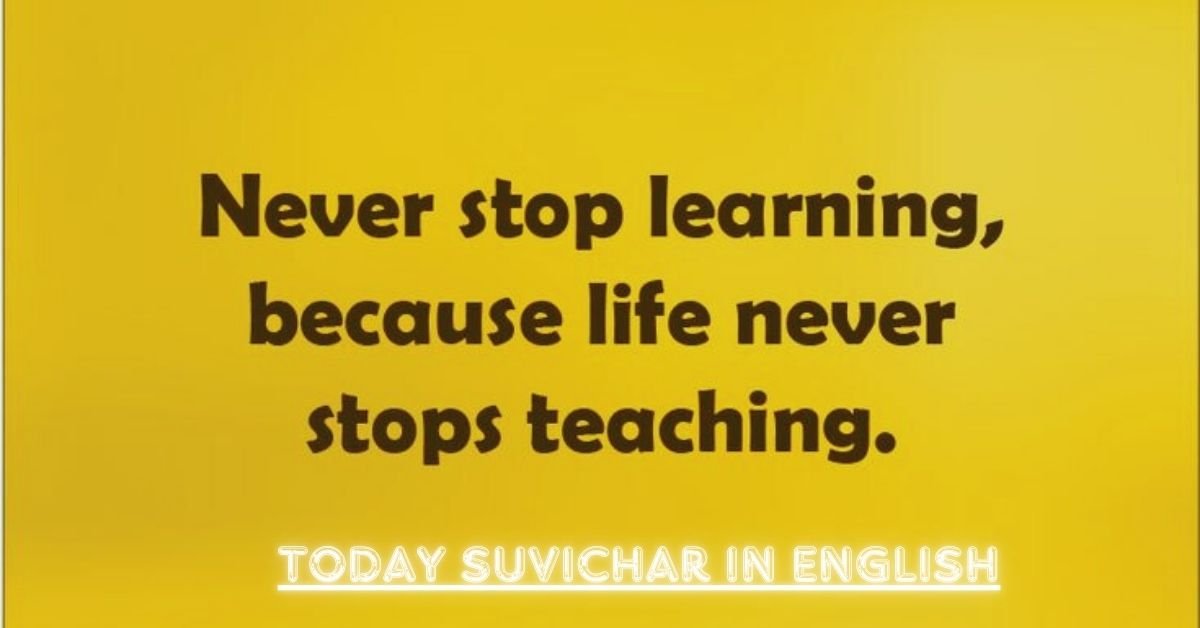Introduction
In the vast tapestry of human experience, rhythm plays a fundamental role. From the beating of our hearts to the cycles of nature, rhythm is intrinsic to life itself. One concept that encapsulates this rhythmic essence is pulsamento. This term, derived from the Latin “pulsare,” meaning to beat or pulse, signifies more than just a physical phenomenon; it embodies a universal principle that permeates various aspects of existence, from the biological to the cosmic, and even the cultural.
The Biological Foundations of Pulsamento
The Heartbeat: A Literal Pulsamento
At its most basic level, pulsamento refers to the rhythmic contractions of the heart. The heartbeat is a prime example of pulsamento in action, providing the essential life force that circulates blood throughout the body. This biological rhythm is not only crucial for physical health but also influences our emotional and psychological well-being. The synchronisation of our heartbeat with our breathing, emotions, and overall bodily functions illustrates the interconnectedness of all living systems.
Cellular Rhythms: Pulsamento on a Microscopic Scale
Pulsamento is not confined to the macroscopic realm of heartbeats and breathing. On a microscopic level, cells exhibit rhythmic behaviours that are crucial for maintaining homeostasis. Circadian rhythms, for instance, govern the sleep-wake cycles and metabolic processes in living organisms. These internal clocks are a form of pulsamento that ensures our bodies function optimally by regulating various physiological processes, including hormone production, digestion, and temperature regulation.
Cultural Manifestations of Pulsamento
Music and Dance: The Artistic Expression of Pulsamento
Pulsamento finds a profound expression in the arts, particularly in music and dance. Rhythm is the backbone of music, providing structure and emotional resonance. Whether it’s the steady beat of a drum, the flowing rhythm of a melody, or the syncopation in jazz, pulsamento is at the heart of musical expression. Similarly, dance uses rhythmic movement to convey emotions, tell stories, and connect communities. Traditional dances around the world, such as the samba, flamenco, and African tribal dances, showcase the cultural diversity of pulsamento and its role in human expression.
Rituals and Ceremonies: Rhythms of Community and Spirituality
Throughout history, rituals and ceremonies have harnessed the power of pulsamento to create a sense of unity and transcendence. Rhythmic chanting, drumming, and movement are often integral to religious and spiritual practices, serving as a means to enter altered states of consciousness, connect with the divine, or strengthen communal bonds. In many indigenous cultures, rituals involving rhythmic elements are believed to align participants with the natural rhythms of the earth and cosmos, fostering a sense of harmony and balance.
Pulsamento in Nature and the Cosmos
Natural Cycles: Pulsamento in the Environment
Nature is replete with examples of pulsamento, evident in the cycles and rhythms that govern the natural world. The changing seasons, the phases of the moon, the ebb and flow of tides, and the migration patterns of animals all reflect a larger cosmic rhythm. These natural cycles are crucial for the stability of ecosystems and the survival of species. Understanding and respecting these rhythms is essential for sustainable living and environmental stewardship.
Cosmic Pulsamento: The Rhythm of the Universe
On a grander scale, pulsamento extends to the cosmos. The concept of a rhythmic universe is supported by astronomical phenomena such as the pulsation of stars, the orbital movements of planets, and the cyclical nature of galactic events. The rhythmic patterns observed in the cosmos suggest a universal pulsamento, a fundamental rhythm that underpins the fabric of the universe. This idea has philosophical and scientific implications, prompting questions about the nature of time, space, and existence itself.
The Science of Pulsamento
Neuroscience and Psychology: The Impact of Rhythm on the Brain
Recent research in neuroscience and psychology has shed light on the profound effects of rhythm on the human brain and psyche. Rhythmic activities, such as listening to music, dancing, or engaging in rhythmic breathing exercises, have been shown to enhance cognitive function, reduce stress, and promote emotional well-being. The brain’s natural propensity for rhythm suggests that pulsamento is not merely a cultural artifact but a deeply ingrained aspect of human biology.
Physics and Cosmology: Theoretical Explorations of Universal Rhythm
The concept of pulsamento also finds resonance in the field of physics and cosmology. Theoretical frameworks such as string theory and quantum mechanics explore the rhythmic oscillations at the subatomic level, positing that particles are not static entities but dynamic processes in constant motion. This perspective aligns with the idea of a universal pulsamento, where rhythm and vibration are fundamental to the nature of reality.
Practical Applications of Pulsamento
Medicine and Healing: Rhythms in Therapeutic Practices
In medicine and healing, an understanding of pulsamento can inform therapeutic practices. Techniques such as rhythmic breathing, sound therapy, and biofeedback leverage the body’s natural rhythms to promote healing and well-being. For instance, rhythmic breathing exercises can regulate the autonomic nervous system, reduce anxiety, and improve cardiovascular health. Similarly, sound therapy uses specific frequencies and rhythms to induce relaxation and meditative states.
Technology and Innovation: Harnessing Pulsamento for Human Advancement
In technology and innovation, Its principles are applied in various ways, from optimising machine operations to developing new communication systems. The synchronisation of rhythms in digital and mechanical systems is crucial for efficiency and functionality. Moreover, emerging technologies like wearable devices and neurofeedback tools utilise rhythmic patterns to enhance user experience and monitor health parameters.
Conclusion
Pulsamento is more than just a term; it is a concept that encapsulates the rhythmic essence of existence. From the beating of our hearts to the cycles of nature and the cosmic dance of the universe, It is a universal principle that connects all aspects of life. Recognizing and aligning with this rhythm can lead to a deeper understanding of ourselves and the world around us. Whether through art, science, or daily practice, embracing It can foster harmony, creativity, and well-being.
Read More: Antiquità: Rediscovering the Roots of Western Culture




